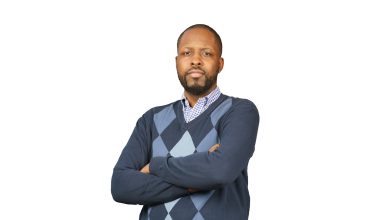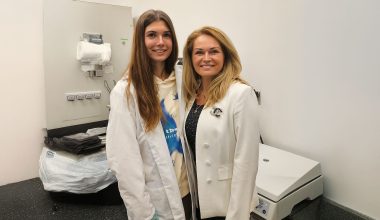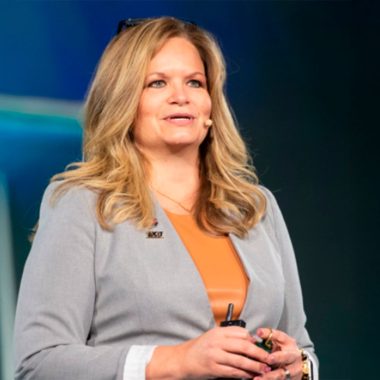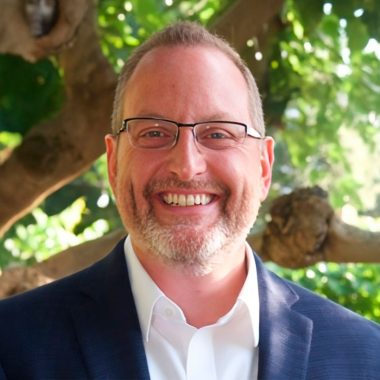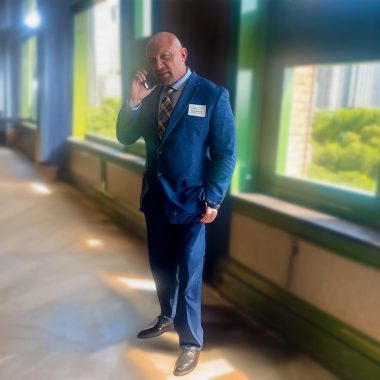While most business functions have made significant progress in digital transformation, HR often lags behind. Outdated systems, disconnected platforms, and manual processes like Excel spreadsheets are still surprisingly common. Christina Coyle has spent over 15 years leading HR and talent transformation efforts, both as a corporate executive and as a consultant. Her perspective is clear: the challenge isn’t just about adopting new tools; it’s about managing change in a manner that brings people along in the journey and inspires a segment of stakeholders to evangelize the movement to others.
Learning Through Lived Experience
Christina’s path is not typical. Six years ago, she led McDonald’s design, build and roll-out McHire across the U.S. restaurants, aka recruiting and hiring with AI, well before it became standard practice. Since then, she has guided numerous organizations through complex digital shifts. “You might think you understand and fully appreciate it, but until you’ve experienced this degree of digital transformation multiple times, you haven’t built the muscle memory,” she says. That insight drives her work as a speaker for SHRM, bringing real-life change management guidance centered around the people side of transformation. Christina asserts that companies often underestimate the human response to change. “We often overlook the emotional component, or at best minimize its impact, when it comes to the realities of change in the real world.” It really doesn’t matter how amazing your new tech is or how game-changing the future-state promises are if the end-users and broader stakeholder community isn’t enabled and empowered before, during, and after the transition.”
Why HR Is Still Catching Up
Many assume large organizations and successful enterprises have fully modernized HR departments. Christina has seen otherwise. “You would be surprised how many companies still rely on basic spreadsheets to ‘connect’ data points across systems that don’t talk to each other via API integrations,” she says. Lack of investment is often the root cause. While customer-facing systems get investment and are upgraded regularly, HR tech tends to lack human-centric design or optimization, and the tech stack is fragmented. Without integration, comprehensive, real-time, or moment-in-time data becomes nearly impossible to access, which limits HR’s ability to make timely and data-informed decisions.
One Size Doesn’t Fit All
HR structures vary widely. Some companies operate mature centers of excellence; others lean heavily on self-service models or outsource some or all functions to third-party vendors. Christina stresses the importance of tailoring any transformation effort to the organization’s current maturity level. “You need to understand how your HR function is set up, what tools are already in place, and the degree of cultural readiness that exists. The sentiment of crawl then walk and walk then run applies. First, optimize your process and configurations, integrate systems, and clean data sets, then look at introducing AI or new tools.”
Four Practical Steps to Move Forward
Rather than aiming for sweeping change, Christina recommends a phased and pragmatic approach:
1. Strengthen the Framework: Start by bringing current operations up to standard. Assess the current state and system capabilities, identify gaps and streamline existing workflows first.
2. Use What You Already Have: Chances are, you purchased functionality that hasn’t been turned on or isn’t being used fully. While reviewing this with current vendors, investigate the available options or add-ons that align with your use case. “If you’re already using a system, ask what new capabilities they’ve rolled out. It’s a low-cost, low-risk way to begin using smarter tools. If you request a free pilot and commit to providing meaningful feedback, chances are your answer will be ‘yes.'”
3. Tackle Easy (or Easier) Wins First: Look at these three things: what causes the most friction, what is clearly outdated or inefficient, and what systems aren’t integrated. “You’d be surprised at the power of automation and simple API integrations. Not only do they deliver meaningful improvement, but they do so without creating major disruption.”
4. Create Internal AI Agents: Develop tools that draw upon your existing internal knowledge base. “You can build agentic AI that understands your policies, your resources, and your workflows, providing real-time support to employees without relying on outside solutions.”
From Fear to Firepower
AI isn’t here to take your job. It’s here to take on the tasks that slow you down, consume your time, and keep you mired in the administrative details and repetitive low-value tasks. Christina doesn’t see a threat—she sees a turning point. “Let the tech do what it’s built to do, which is to do it faster, cleaner, and more consistently. Then take that time and savings to add greater value to the business and to reinvest it in your people. Think of it as value reallocation.” Is it necessary for ten people to handle a manual process when one skilled, empowered professional can efficiently manage the system, optimize its output, and improve results? “This doesn’t have to mean elimination. It’s about elevation.”
Letting Go—So You Can Level Up
The hardest shift in HR isn’t adopting new tech—it’s releasing the old comfort of manual control. Christina challenges leaders to rethink where their energy goes. “If you’re still clinging to inboxes and interview scheduling, you’re missing the point of why HR exists, and certainly missing this moment of opportunity. HR’s impact and value is grounded in presence, pattern recognition, and perspective that adds value to the business AND creating and protecting an environment of psychological safety and ongoing learning and development for the company’s people. We need HR to drive the business to sharpen its workforce planning practice, to hire with intentionality, and to restructure or reduce headcount in a human-honoring manner.” With the right tools in place, you don’t lose the humanity; you double down on it. This is how HR gains a genuine position at the table—not by resistance to change, but by assuming the role of a confident, credible business partner.”
Follow Christina Coyle on LinkedIn for real-world insight on digital transformation in HR and AI.

